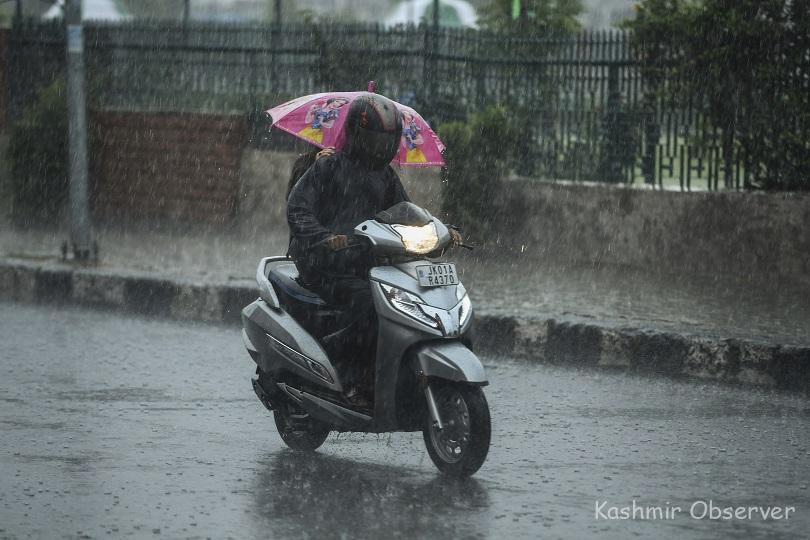
New Delhi- Simultaneous rainfall and heat extremes will become more frequent, severe and widespread due to climate change, more so than dry-hot conditions, scientists say.
For every 1 degree Celsius rise in temperature, the air’s capacity to hold moisture increases by 6 to 7 per cent.
The hot-and-humid air, thus, makes more water available to fall as rain, making wet-hot extremes likelier, the scientists said in their study published in the journal Earth’s Future.
Events such as floods and landslides could become frequent because, under wet-hot conditions, the heat waves first dry out the soil, thereby reducing its ability to absorb water.
Subsequent rainfall has a harder time penetrating the soil and instead runs along the surface, contributing to flooding, landslides and ruining crop yields, they said.
Wet-hot extremes will also cover a larger area and be more severe than dry-hot extremes, they projected.
While regions such as South Africa, the Amazon and parts of Europe are expected to become drier, many regions, including the eastern United States, eastern and southern Asia, Australia and central Africa, will receive more precipitation, the researchers found using climate models under the current emissions scenario.
The regions likely to be hit hard by such “compound climate extremes” include many heavily populated areas already prone to geologic hazards, such as landslides and mudflows, and which produce many of the world’s crops.
These compound climate extremes have attracted considerable attention in recent decades due to their disproportionate pressures on the agricultural, industrial and ecosystems sectors – much more than individual extreme events alone,” said Haijiang Wu, lead researcher, at Northwest A&F University, China.
The European floods of 2021 are an example of the world already experiencing wet-hot extremes.
That summer, record-high temperatures dried out the soil. Soon after, heavy rainfall poured across the parched soil’s surface and triggered massive landslides and flash floods, washing away houses and claiming lives.
Climate adaptation strategies should thus account for wet-hot conditions.
“If we overlook the risk of compound wet-hot extremes and fail to take sufficient early warning, the impacts on water-food-energy security would be unimaginable,” said Haijiang Wu.
Follow this link to join our WhatsApp group: Join Now
Be Part of Quality Journalism |
Quality journalism takes a lot of time, money and hard work to produce and despite all the hardships we still do it. Our reporters and editors are working overtime in Kashmir and beyond to cover what you care about, break big stories, and expose injustices that can change lives. Today more people are reading Kashmir Observer than ever, but only a handful are paying while advertising revenues are falling fast. |
| ACT NOW |
| MONTHLY | Rs 100 | |
| YEARLY | Rs 1000 | |
| LIFETIME | Rs 10000 | |












